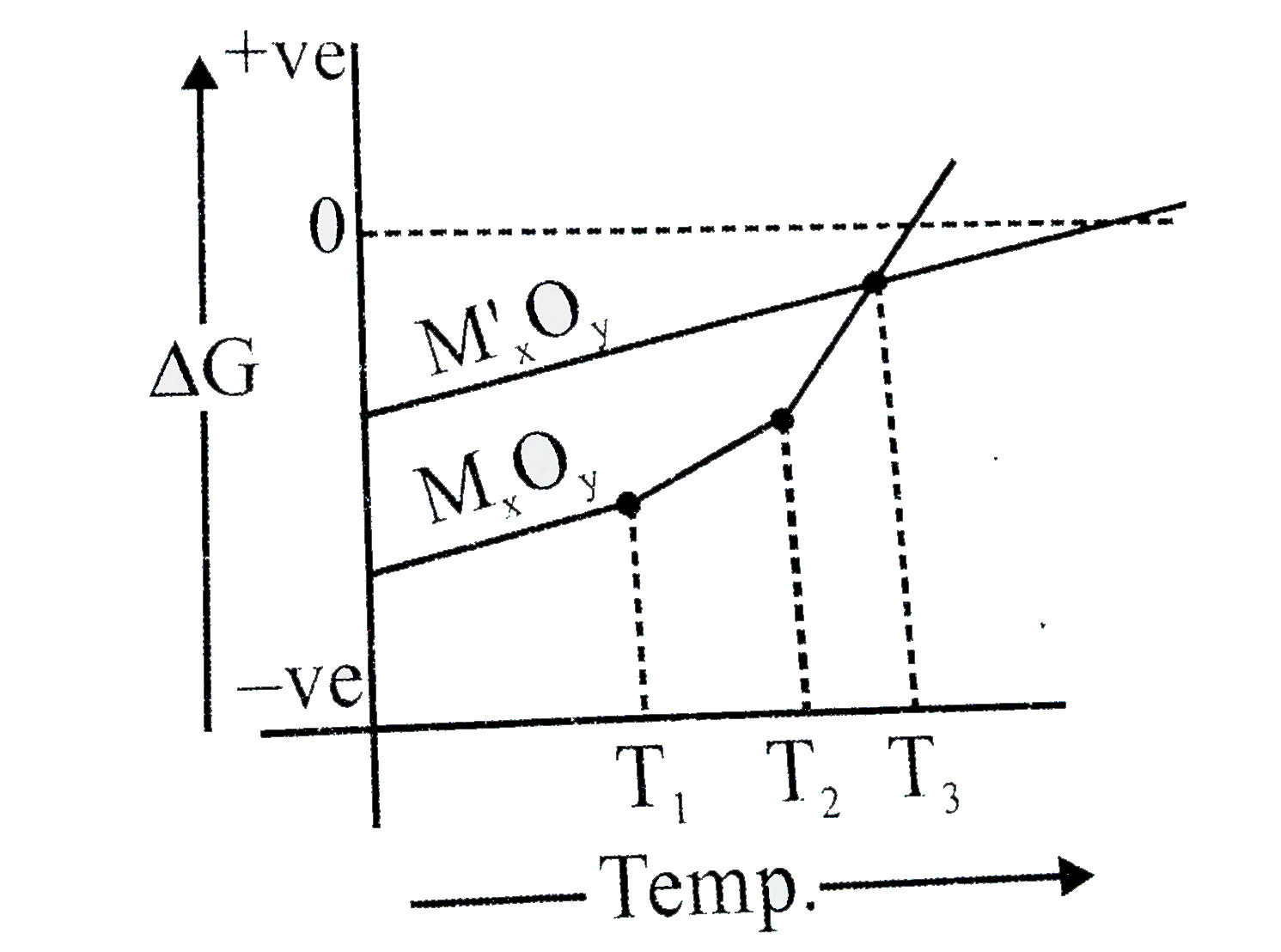Which of the following statements is/are not correct for a close - packed structure ?
Each octahedral void is surrounded by six spheres and each sphere is surrounded by six octahedral voids
Each octahedral void is surround by six spheres and each sphere is surrounded by three octahedral voids.
Each octahedral void is surrounded by two spheres and each sphere is surrounded by eight voids.
Each tetrahedral void is surround by eight spheres and each sphere is surrounded by eight voids.
The correct Answer is:B, C, D
To determine which statements are not correct for a close-packed structure, we need to analyze the properties of close-packed arrangements, particularly focusing on octahedral voids. Here’s a step-by-step solution:
Step 1: Understand Close-Packed Structures
Close-packed structures are arrangements of spheres (atoms, ions, or molecules) that maximize the use of space. The two most common types of close packing are face-centered cubic (FCC) and hexagonal close packing (HCP).
Hint: Remember that close packing aims to minimize empty space between spheres.
Step 2: Identify Octahedral Voids
In a close-packed structure, octahedral voids are formed between the spheres. An octahedral void is surrounded by six spheres: one at the center and one on each of the six faces of the octahedron.
Hint: Visualize the octahedral void by imagining a cube with spheres at each corner and one in the center.
Step 3: Analyze the Statements
Now, we need to evaluate the statements provided in the question regarding octahedral voids:
1. Statement A: Each octahedral void is formed by six spheres.
2. Statement B: Each sphere is surrounded by six octahedral voids.
3. Statement C: (Assume a statement related to the arrangement or number of voids).
4. Statement D: (Assume a statement related to the coordination number).
From the video transcript, we know that:
- Statement A is correct.
- Statement B is also correct, as each sphere in a close-packed structure is indeed surrounded by octahedral voids.
Step 4: Identify Incorrect Statements
The remaining statements (C and D) are indicated as incorrect based on the analysis. Without the exact wording of these statements, we can conclude that they do not align with the established properties of close-packed structures.
Hint: Check the definitions and properties of voids and coordination numbers to identify inaccuracies in statements.
Conclusion
The statements that are not correct for a close-packed structure are B, C, and D.
Final Answer
The answer to the question is that options B, C, and D are incorrect regarding the close-packed structure.
Close-packed structures are arrangements of spheres (atoms, ions, or molecules) that maximize the use of space. The two most common types of close packing are face-centered cubic (FCC) and hexagonal close packing (HCP).
In a close-packed structure, octahedral voids are formed between the spheres. An octahedral void is surrounded by six spheres: one at the center and one on each of the six faces of the octahedron.
Now, we need to evaluate the statements provided in the question regarding octahedral voids:
2. Statement B: Each sphere is surrounded by six octahedral voids.
3. Statement C: (Assume a statement related to the arrangement or number of voids).
4. Statement D: (Assume a statement related to the coordination number).
- Statement B is also correct, as each sphere in a close-packed structure is indeed surrounded by octahedral voids.
The remaining statements (C and D) are indicated as incorrect based on the analysis. Without the exact wording of these statements, we can conclude that they do not align with the established properties of close-packed structures.
The statements that are not correct for a close-packed structure are B, C, and D.
The answer to the question is that options B, C, and D are incorrect regarding the close-packed structure.
Similar Questions
Knowledge Check
Which of the following statements is not correct about the structure of PCl5?
APCl5 has a trigonal bipyramidal structure.BThree equatorial P-Cl bonds are equivalent.CThe two axial bonds are different and longer than equatorial bonds.DEquatorial bond pairs suffer more repulsion than that of the axial bond pairs.Which of the following statements is not true about the hexagonal close packing ?
AThe coordination number is 12BIt has 74% packing efficiencyCTetrahedral voids of the second layer are covered by the spheres of the third layerDIn this arrangement spheres of the fourth layer are exactly aligned with those of the first layer
Which of the following statements is correct for the most stable canonical structure of carbon monoxide ?
View SolutionWhich of the following statements is/are correct about hexagonal close packing ?
1. The coordination number is 8
2. It is ABAB type packing in which third layer is aligned with the first layer
3. Be, Mg, Mo etc. are found to have hcp structure
4. In hcp, atoms occupy 74% of the available space
View SolutionWhich of the following statement is correct for the body-centred cubic structure of an ionic compound?
View SolutionWhich of the follwing statements is/are correct for both fluorite and antifluorite structures?
View SolutionWhich of the following statements is correct in the rock-salt structure of ionic compounds?
View SolutionWhich of the following statement is incorrect. On the basis of following structure.

View Solution
